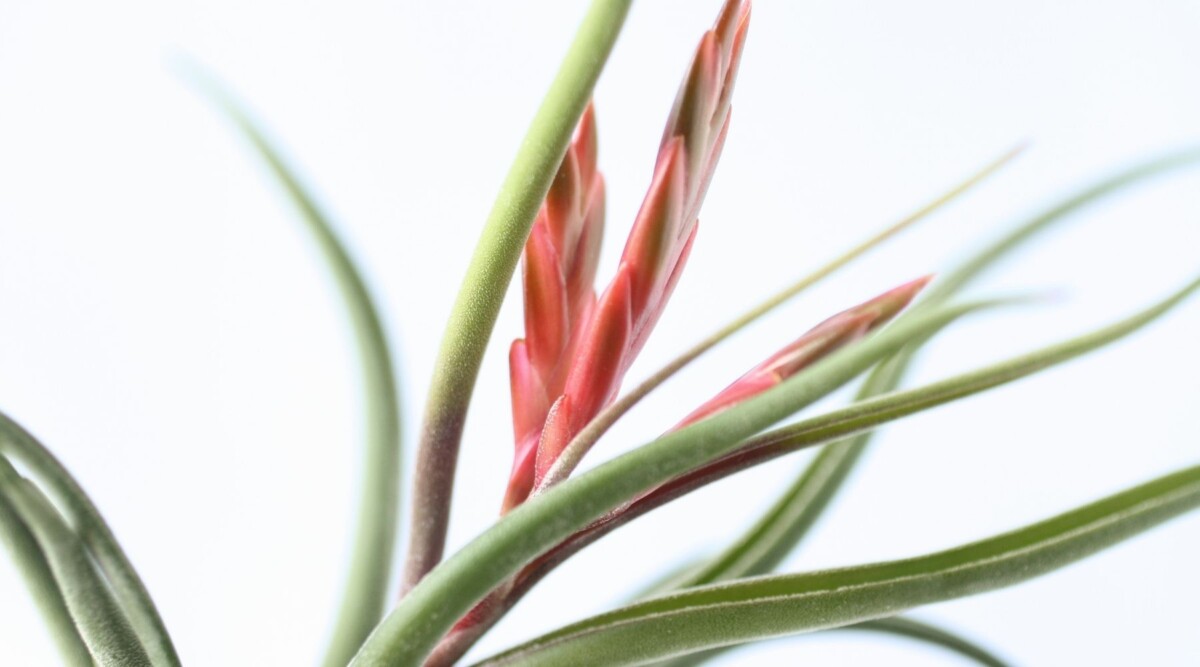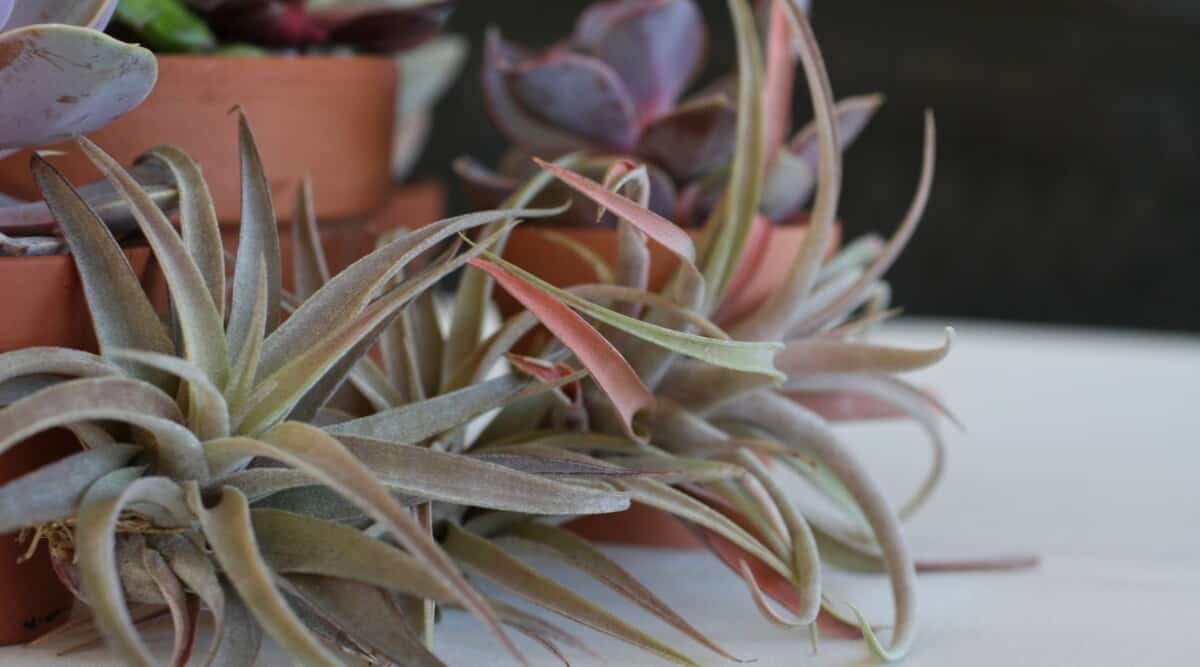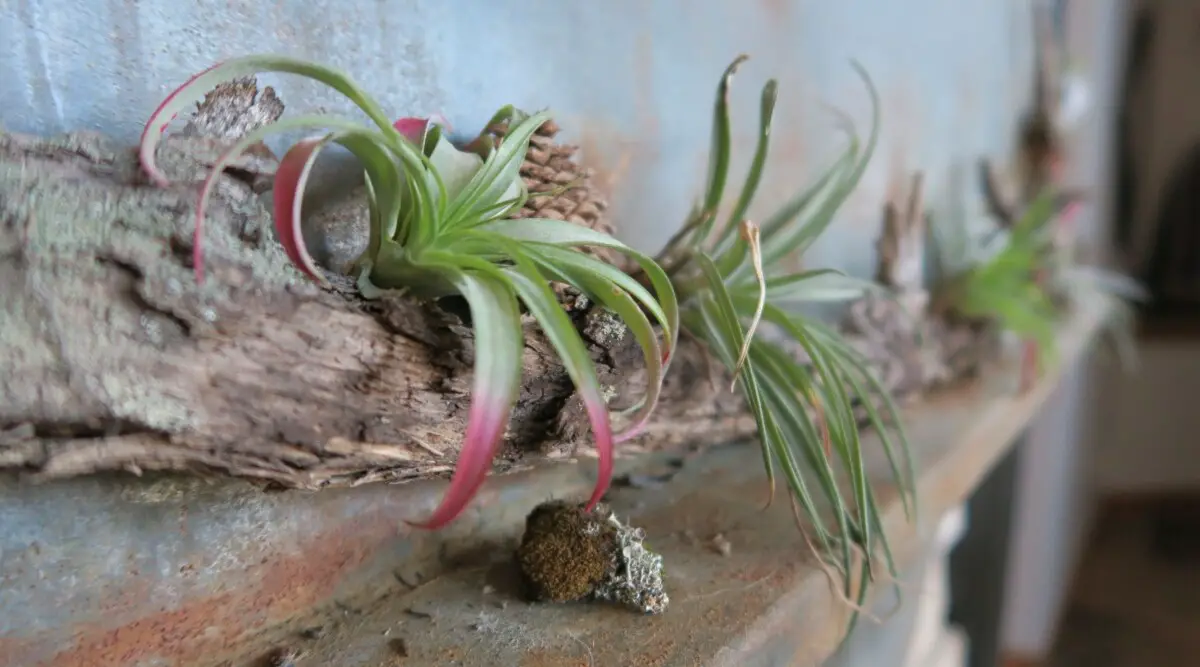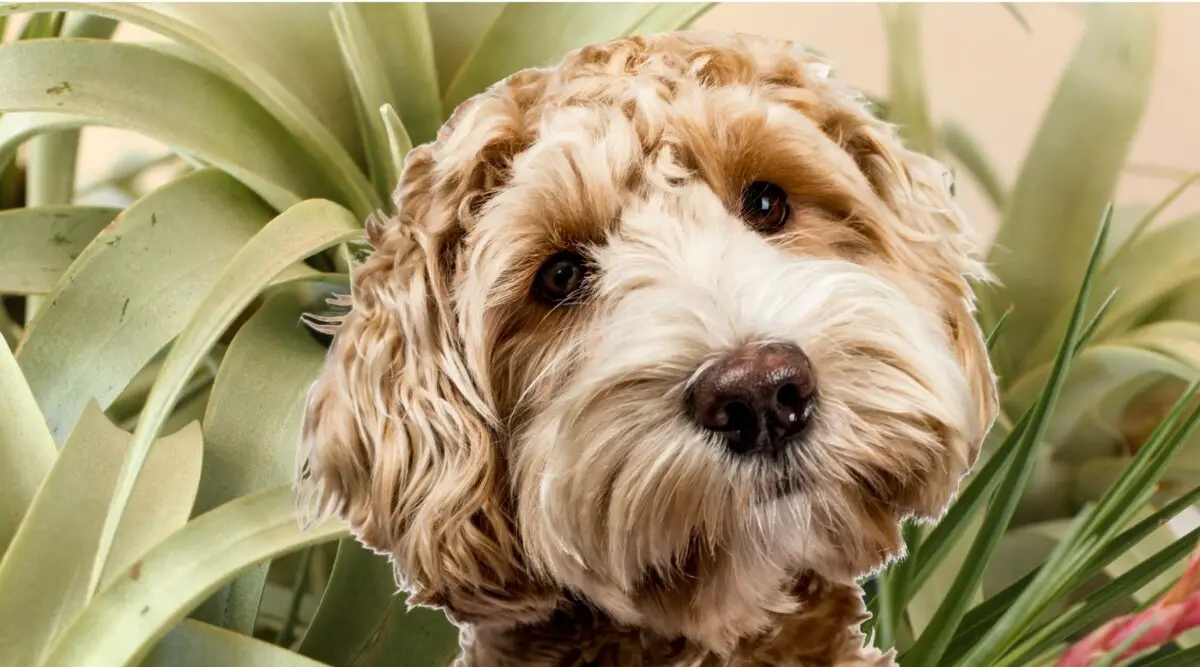
Are Air Plants Toxic to Animals? Here Are the Facts
Animals can be playful, curious, and adventurous, especially when it comes to things they eat or put inside their mouths. As such, homeowners who have dogs, cats, and other pets need to be cautious about the plants they grow both in their gardens and indoors as these animals may have a fondness for nibbling on leaves. And since a lot of houseplants have turned out to be toxic to pets, you may end up in your vet’s emergency room if you are not careful enough.
This post may contain affiliate links, and I love all the products I promote.
Air plants are not toxic to dogs, cats, and other animals. However, it would be best if you kept your tillandsias out of their reach because these plants have sharp and pointed leaves, and they do pose a potential choking hazard. So while your pets may not die due to toxicity, they may still choke.
In this article, you will know what air plants can do to animals and why you still need to keep your tillandsias out of your pets’ reach. We will also give you tips on how you can make sure your tillandsias are safe from your dogs, cats, and other pets.
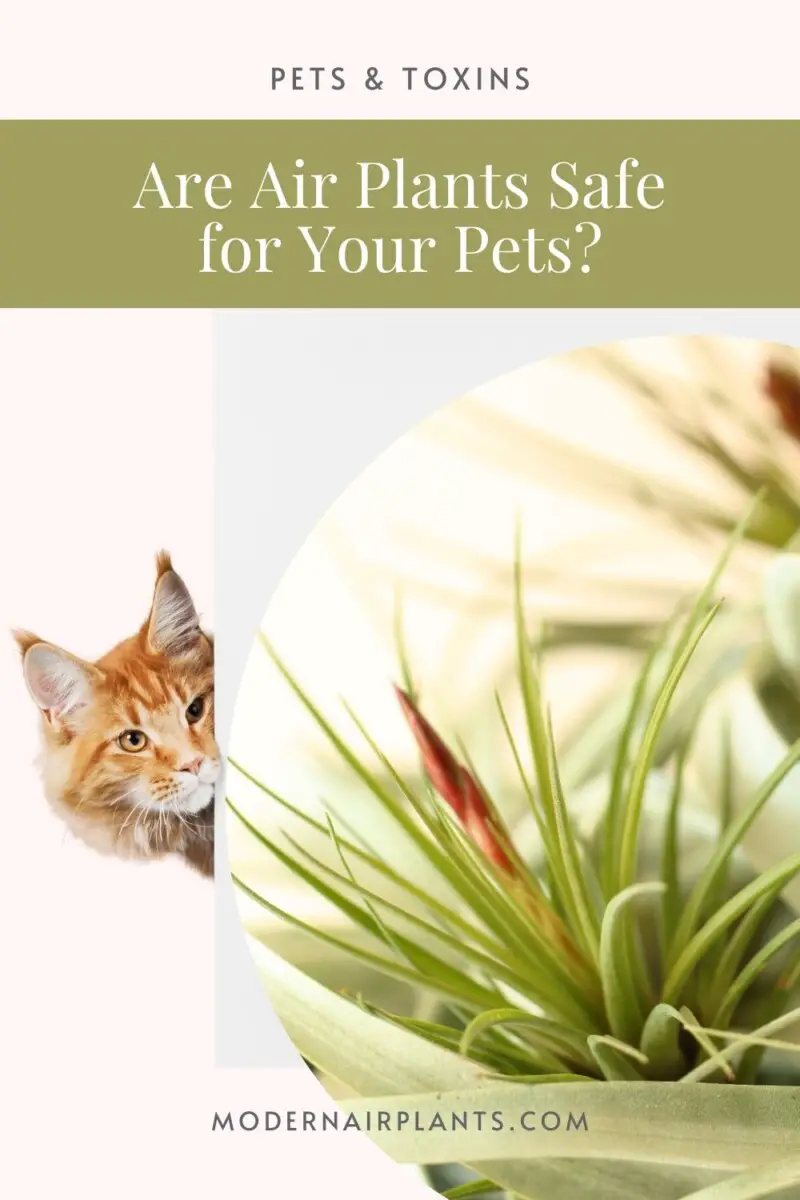
What Do Toxic Plants Do to Pets?
Any plant can give your pet an upset stomach. However, it is when the plants are toxic that your dog, cat, rabbit, or pet, in general, may experience more severe reactions and symptoms.
When pets eat toxic plant material, their reactions could range from mild to life-threatening. These symptoms would depend on the plant, its toxicity levels, and how much your pet ingests.
Symptoms include drooling, intense oral irritation, vomiting, diarrhea, depression and lethargy, stomach pain, tremors, weakness, difficulty swallowing, and low blood pressure. Severe symptoms include heart problems and organ damage, and, if left unattended, these could lead to death.
You should note that the toxic effects of plants are not the same for all kinds of animals. Certain animals may have a unique vulnerability to a plant that is potentially toxic while other animals don’t. For instance, common lilies are poisonous to cats but not to dogs.
Can Air Plants Be Toxic to Animals?
None of the more than 400 varieties of air plants are toxic to either humans or animals. So these plants are considered harmless to your dogs, cats, rabbits, birds, and reptiles like geckos and bearded dragons.
However, some homeowners mount their tillandsias with moss or display them inside terrariums with other plants like ferns and bromeliads. When pets ingest these tillandsias, along with any companion plant that may be harmful to them, it would naturally confuse them.
If you are using moss with your air plant and your pet has ingested them, it may experience some vomiting. This is because mosses may contain trace amounts of toxic components. However, the amount of poison is usually just enough to cause gastrointestinal irritation but not enough to bring serious harm to your pet.
If your tillandsias have other companion plants and your pet ingested them, too, you may have to look into the toxicity of these other plants. You can check out the American Society for the Prevention of Cruelty to Animals (ASPCA), which has compiled a list of toxic plants for dogs, cats, and even horses.
Why Keep Air Plants Away From Pets
While tillandsias are not poisonous to animals and nothing serious or life-threatening will happen to your pets if they nibble on the leaves, it is still wise to keep these plants out of their reach. This is because air plants can still pose a potential choking hazard, especially to smaller pets.
Air plants have elongated, hard, sharp, and pointed leaves that could get stuck inside their throats. Tillandsia leaves can also hurt your pet’s eyes, mouths, and paws if it plays with them.
Moreover, your air plants may get traumatized and damaged when pets play with and nibble on some or all of their leaves.
What To Do if Your Pet Nibbles on Your Air Plants
If your pet is fond of munching on your plants’ leaves and has gotten hold of your air plant, don’t despair. There may still be some hope, and you may still be able to save your air plant. Here’s what you need to do:
- Inspect the damage. See if your plant still has enough leaves left and if its base or main stem is still intact. If your plant has been crushed and all its leaves have been pulled out, it may have a very slim chance of surviving. Nevertheless, you can still wait and see what happens. Who knows?
- Trim all the broken leaves and tips of your plant. Cut off the tips of the leaves that have been broken using a pair of garden shears. As long as the leaves are still attached to the core of your tillandsia, you won’t need to pull them out. Your air plant still needs these leaves, even if they’re only half as long as they used to be, to survive the trauma and stay alive. Remember, air plants absorb water and nutrients through their leaves.
- Put your plant in a different place. Apparently, your plant’s current display location is within your pet’s reach, so you should look for another spot for it. Pick a place that your pet does not have access to.
- Give your air plant adequate water and care. Give your plant the same amount of care you always have. And make sure to give it sufficient watering so that it can heal more quickly.
You may notice in no time that new leaves have come out from your plant’s base. In fact, your air plant may even put all its remaining energy into forming a pup and propagating itself. Just be patient and give your plant the time it needs to heal itself.
Tips on How To Keep Your Air Plants Out of Your Pet’s Reach
Here are a few tips on how you can keep your air plants safe and out of your pets’ reach:
- Display your plants in a glass terrarium and place it high on a shelf. Air plants need good air circulation around them, so choose an open terrarium. But pick a globe type with a smaller hole so your pet can’t get to the plant. Or place it where there are fewer chances for your pet to knock it off and break the glass. This means that a terrarium is a no-go if you have a curious cat who loves climbing on shelves and high places.
- Hang your air plants. You can use a nylon string, fishing line, or wire to hang your air plant. Place hooks on your ceiling or above your window. Tie the pieces of cut wire or string to these hooks, with your tillandsias on the other end. You can also hang your air plants down tree branches in your garden. Just make sure your plants are suspended at a height that your pets cannot reach even if they jump.
- Mount your air plants on a wreath, living frame, or driftwood. Mount your air plants on a wreath, a piece of driftwood, or a living frame made of chicken wire and hang it on the wall. Not only will this keep your air plants safe and out of your pets’ reach, but it would also make a lovely wall decor.
Final Word
Air plants are not known to be toxic to either humans or animals. That is why they make excellent houseplants for people who have pets. However, they could still be choking hazards considering the shape and texture of their leaves. And the sad truth is that while your tillandsias are safe for your beloved pets, your pets may not be safe for your tillandsias.
As such, it is important just to be safe and keep your air plants inaccessible to the animals you have at home.
Keep Reading
BUY – My Favorite Air Plants
Sources
- Be Chewy: Poisonous Plants for Dogs: A Complete Guide
- Found Animals: Poison Prevention: Plants Toxic to Dogs & Plants Toxic to Cats
- The Spruce Pets: How to Treat Plat Poisonous in Puppies
- Air Plant Central: Air Plants Toxic to Cats/Pets? What’s Toxic to Air Plants?
- Air Plant Design Studio: Air Plants + Pets: Are Air Plants Toxic?
- ASPCA: Toxic and Non-Toxic Plants
- ASPCA: Toxic and Non-Toxic Plant List – Dogs
- ASPCA: Toxic and Non-Toxic Plant List – Cats
- ASPCA: Toxic and Non-Toxic Plant List – Horses

